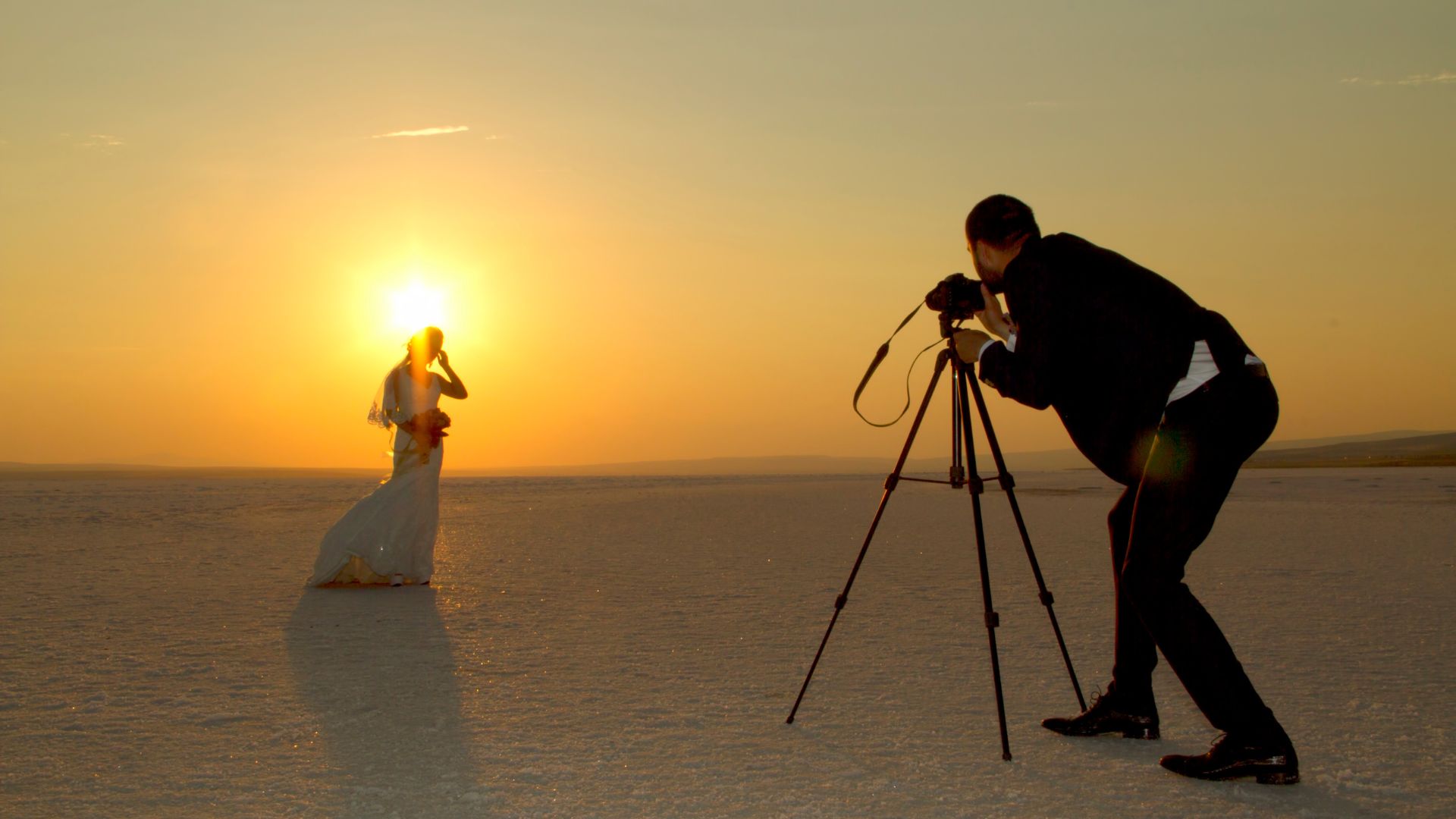Capturing the essence of a journey in a photograph isn’t always as easy as it seems. Whether it’s the vibrant colors of a bustling market, the serene beauty of a mountain vista, or the candid joy of a local festival, travel photography is about more than just snapping a picture. It’s about telling a story, about immersing viewers in the sights, sounds, and emotions of a place they may have never been.
In this article, we’ll explore some essential tips for improving your travel photography. From understanding the basics of composition and lighting to mastering the art of storytelling through images, we’ll guide you on the path to capturing the world around you in a whole new light. So, ready your camera and let’s embark on this journey together.
Delving into travel photography unravels a world far beyond the realm of simply recording memories. It embodies the art of capturing the aura of a place, encapsulating its story, essence, and cultural narratives. The pursuit of this art form often entangles enthusiasts with two critical aspects: the storytelling element and the shared challenges.
Travel Photography Tips
Storytelling leaps out as a major element in travel photography. It isn’t just about seizing the beauty of a place in a frame. Instead, it revolves around giving a voice to an image, unravelling details that may otherwise remain invisible to the casual observer. An image of a bustling market, for example, can convey the energy, vivacity, and local culture of a place. A photograph of weathered hands clasping a tool can silently narrate years of hard work and resilience. In essence, a truly impactful travel photograph adds architectural elements, natural beauty, and human stories to create an emotive visual representation of a specific locale.
Common Challenges in Travel Photography
The pursuit of an ideal travel photograph entails more obstacles than one might anticipate. Firstly, managing unpredictable weather stands out as a significant challenge. A rainstorm, although adding a dramatic touch, might ruin the perfect shot or expose costly equipment to harm. Another concern includes abiding by local customs and laws, ensuring that photographers respect the same while attempting to tell their story. Furthermore, finding a unique perspective is a hurdle in popular tourist destinations, places photographed extensively already. Lastly, controlling lighting in outdoor shoots presents its share of difficulties, given its fickle nature and profound effect on the final shot. These challenges, however perplexing, contribute to refining a photographer’s skills and translating their vision into a memorable frame.
Essential Gear for Travel Photography
In travel photography, capturing nuanced narratives hinges not only on skill but on the equipment used. An intimate understanding of one’s gear builds necessary technical proficiency, aiding in maneuvering around the challenges often faced. This section provides an overview of the essential gear required for travel photography.
Choosing the Right Camera for Your Journey
The choice of a camera is pivotal in travel photography. The journey often calls for a robust and adaptable camera that can handle various lighting conditions and environments. A camera with a broad dynamic range, superior low-light performance, and a sturdy build proves essential. Examples include the Sony A7 III and Canon EOS R5, both possessing exceptional features suitable for travel photography.
Must-Have Travel Photography Accessories
Beyond the camera, a variety of essential accessories significantly enhance a travel photographer’s capability.
- Extra Batteries: Long shooting hours often drain camera batteries quickly. Carrying extra batteries ensures uninterrupted shooting.
- Memory Cards: High-resolution images eat into storage space rapidly. Multiple high-speed memory cards, such as the SanDisk Extreme Pro, ensure ample space for photos.
- Tripod: A sturdy yet portable tripod, like the Manfrotto Befree Advanced, is crucial for long exposure shots and time-lapses.
- Versatile Lens: Lenses with multiple focal lengths, such as the Canon EF 24-105mm, offer flexibility to capture diverse scenes.
- Camera Bag: A durable, well-padded camera bag provides optimal protection for photography gear during transit.
By carefully selecting the right camera and outfitting the equipment bag with these must-have accessories, a travel photographer arms themselves with the necessary tools to capture the unique stories of their journey.
